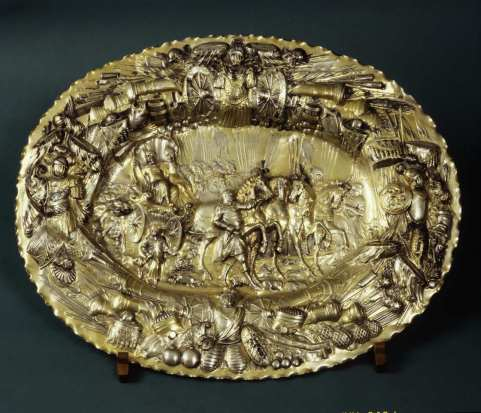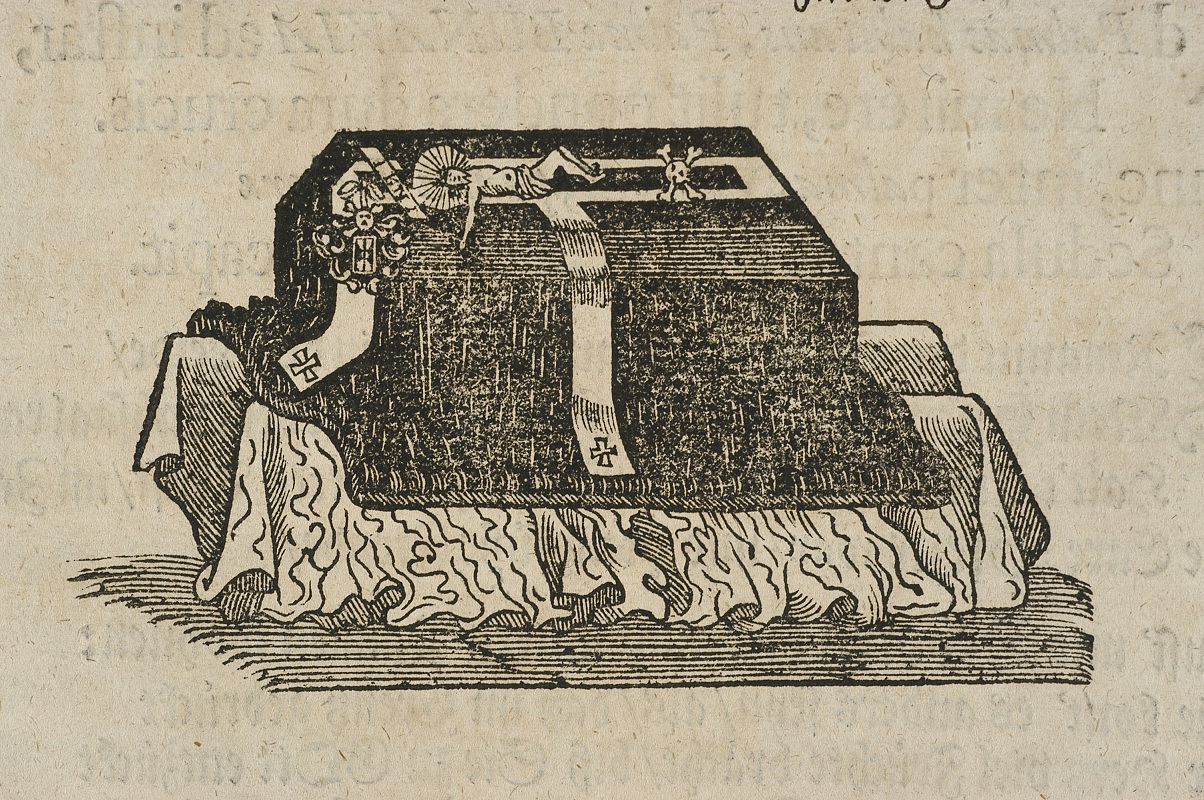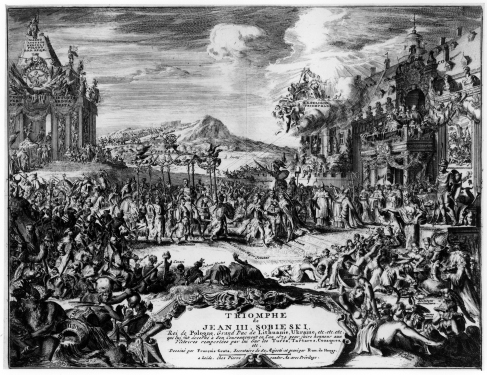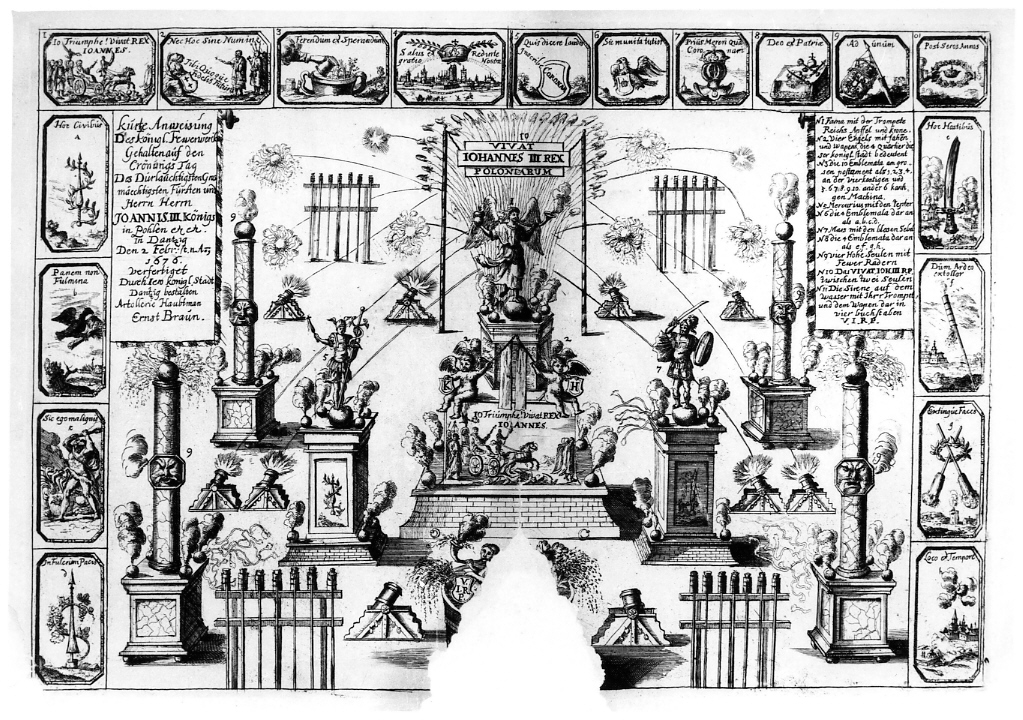King Jan III Sobieski was crowned in Wawel at the turn of January and February 1676. The coronation ceremony lasted a few days but the royal couple stayed in Cracow until after Easter. The monarch designated a fund of 100 thousand zlotys for renovating the castle which sustained serious damages during the Swedish invasion of Poland in 1655–1660. In 1682 he also appointed a committee responsible for putting in order the Crown Archive housed in Wawel. Nine years later, when Jan III Sobieski visited Cracow before his expedition to Vienna, he was handed by the chapter a Renaissance shield discovered in the cathedral attic. The shield featured a depiction of the victory achieved near Rome by Constantine the Great. Following the victorious Battle of Vienna, King Sobieski’s triumphal entry into the city through Saint Florian’s Gate took place on the Christmas Eve. Following the Te Deum hymn singing in the cathedral, the monarch placed the defeated Vizier’s huge banner at the grave of Saint Stanislaus. The king “visited” Wawel for the last time in 1734, when his and Queen Marie Casimire’s bodies were buried in the cathedral vault.
Although Sobieski was not a frequent visitor to Cracow, the city is filled with his memorabilia. Among the most significant there is a low relief made by Józef Hakowski, set in the cathedral wall, and a polychrome in the vault of the Holy Trinity chapel, painted by Włodzimierz Tetmajer in 1902–1904. On two-hundred-and-fiftieth anniversary and the tercentenary of the Battle of Vienna the city hosted grand exhibitions dedicated to the victorious king. Sobieski’s contemporaries also fully recognized and appreciated his military accomplishments. Pope Innocent XI established the 12th of September the feast of the Holy Name of Mary, while Johannes Hevelius named a newly discovered constellation “Sobieski’s Shield”. It is still visible in the western part of the sky on 12 September but disappears soon after.



